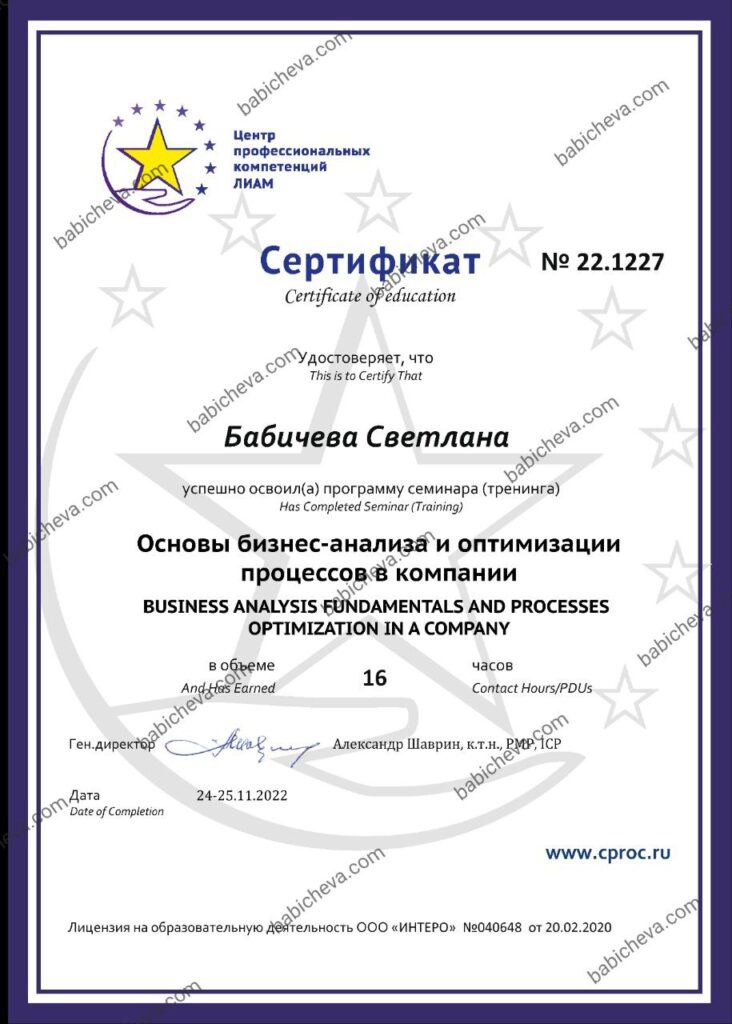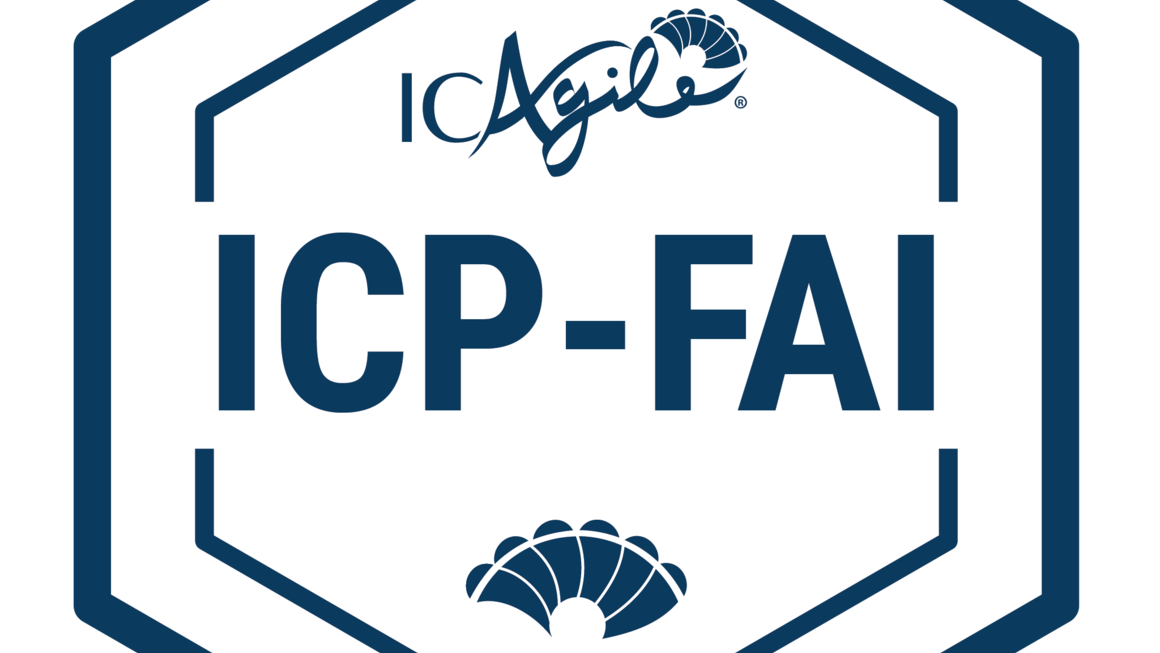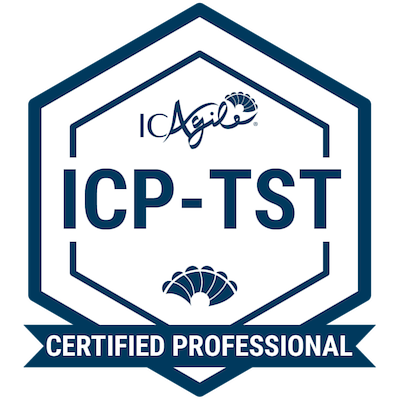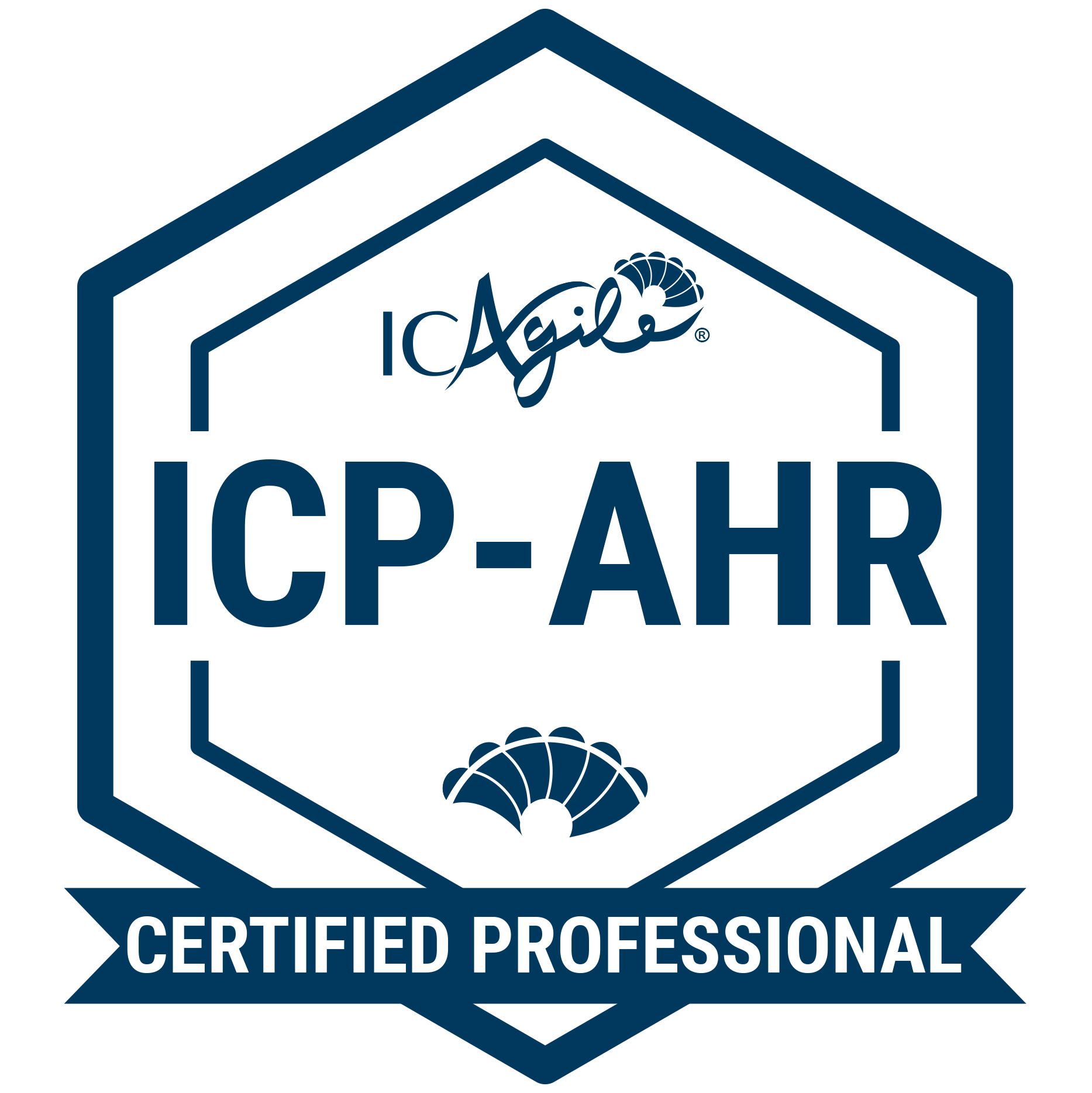How familiar are you with the typical process model of a company and the basics of process optimization? Don’t you think that since the Scrum Master or Agile Coach work with teams and with the company as a whole, it is necessary for them to know the way the processes in the company are arranged? Before making changes and building something new? To my mind, it is very important.
At the end of November 2022, I took a two-day online training Business Analysis Fundamentals and Process Optimization in a Company. It is my first step in this field. Then I am going to take training and certification by IIBA.
So back to the training. We discussed a lot of interesting things. We gave the definition of what a process is and what a project is, and considered the main differences between them: goals, level of uncertainty (risks), deadlines, what kind of teams is involved (temporary or permanent).
It was interesting for me to refresh in the memory the key steps to optimize the company’s process. After the introductory part, we drew our attention directly to the basics of business analysis and discussed in more detail the model for managing the company’s process: subjects and objects of management, the company’s strategic map (there was an example based on the Norton-Kaplan model) and the company’s business model.
Business analysis of the company is an analysis of all areas of its activities and includes several sections:, here are they:
– Resource analysis
– Financial analysis
– Investment analysis
– Marketing analysis
– Margin analysis
– Personnel analysis
Business analysis can be carried out on:
- a scheduled basis (to assess the current state of the company and identify opportunities for its development)
- an unscheduled (with significant changes in the market, in business).
During the training we reviewed the tools and methods for conducting business analysis, such as:
– Business Process Modeling (BPM)
– Brainstorm
– Benchmarking
– PESTLE Analysis
– SWOT analysis
– MoSCoW (Must, Should, Could, Would)
– Six Thinking Hats
– 5 “Why”
Having discussed the methods of conducting business analysis, we moved on to the topic of process optimization. We cleared out what process optimization can give the company and what prerequisites for this should be. The trainer gave us examples from his own experience and we highlighted some pointsof our thought about the processes in our company. But this was not enough, it was still necessary to discuss the generation of ideas and outline specific optimization steps. That’s why we reviewed the SIPOC chart. If you didn’t run across it, I can advise you to find the description of it. Maybe it is what you are looking for.
As optimization methods, we got acquainted (refreshed our memory) with Kaizen, Lean and Goldratt’s constraint theory. And here I must say that if you have not read the business novel Goal by Eliyahu Goldratt yet, then you must read it. This business novel, in a simple and understandable way, through a story about his personal life and a description of the current situation at work of the protagonist, shows us how the theory of constraints works in practice.
Returning to the topic of the training, I would like to add that we also got acquainted with some project description notations:
– IDEF (Integrated DEFinition): IDEF0, IDEF1, IDEF2, IDEF3…
– BPMN 2.0 (Business Process Model and Notation)
– eEPC (extended event-driven process chain)
– UML (Unified Modeling Language)
– Flow charting
It is difficult to fit all the details of the training into one small post. Now I would like to study BABOK VIsual Study Guide, which includes huge amount of structured text information. Have you already read it?
If you have a question or would like to discuss something on this topic, please do not hesitate. Contact me in Telegram or LinkedIn – just click one of these two words.





